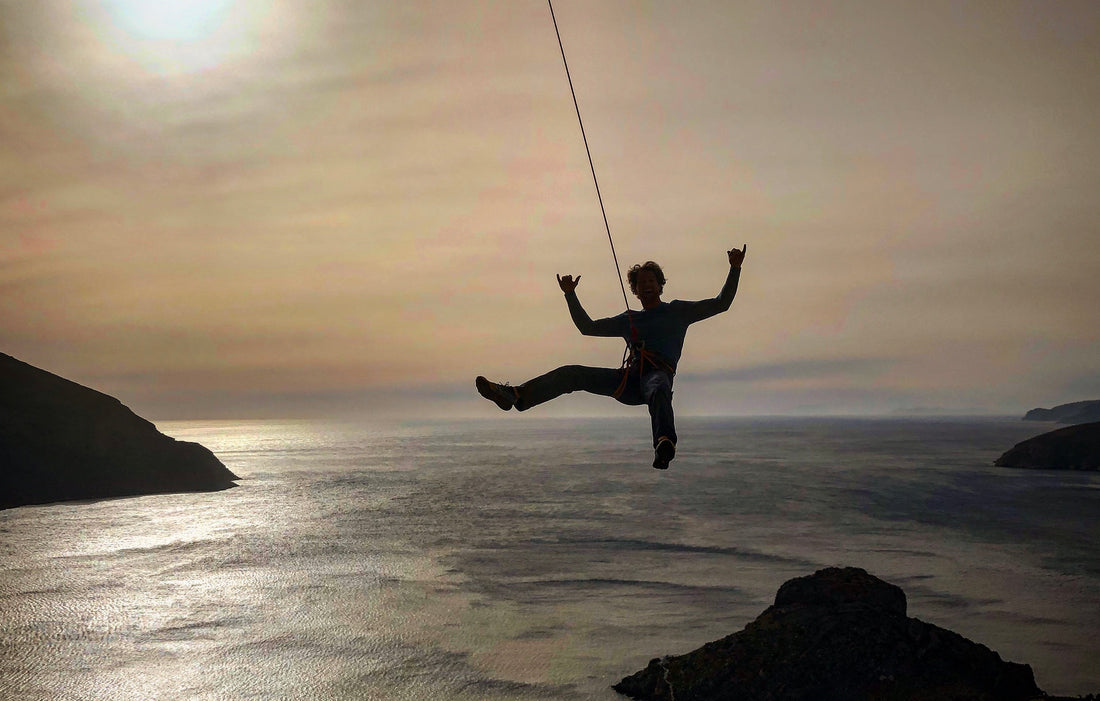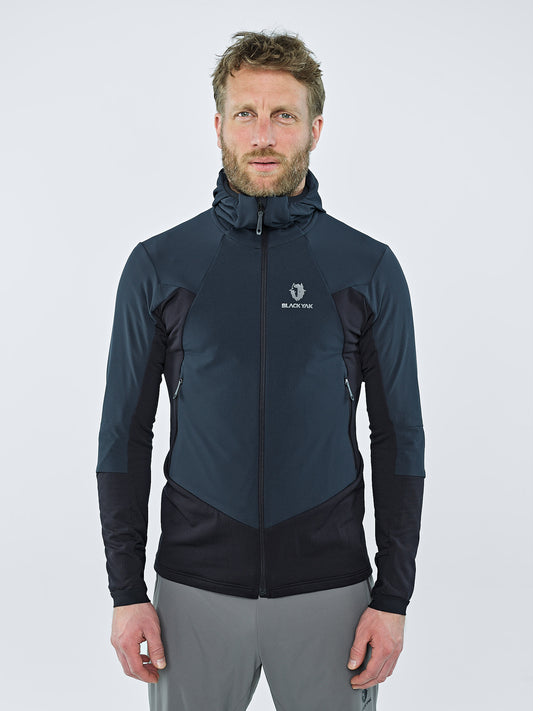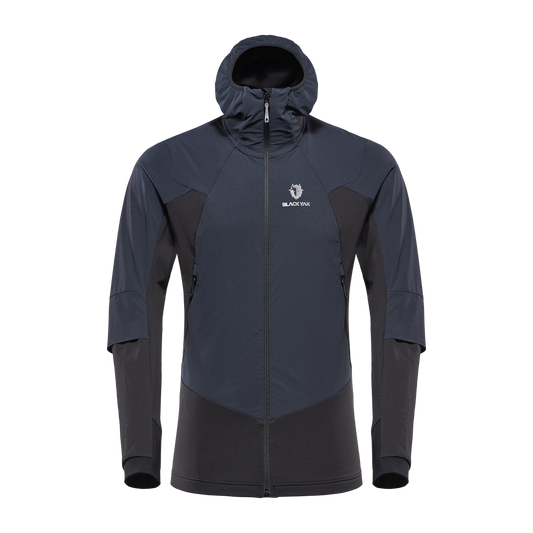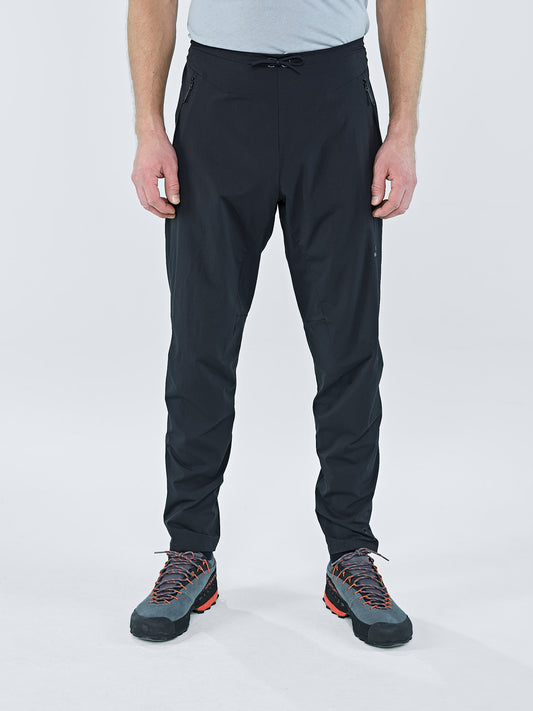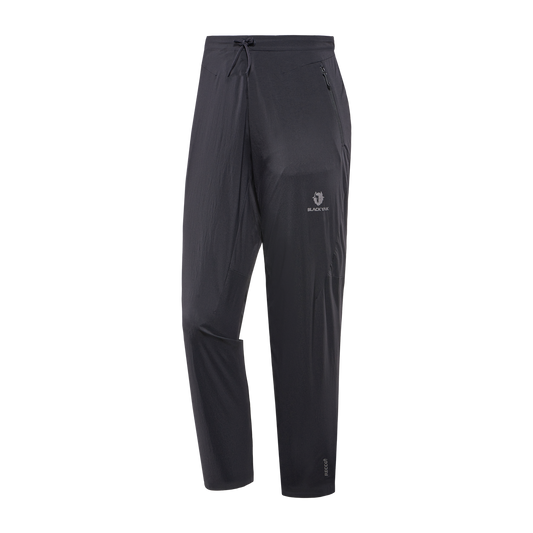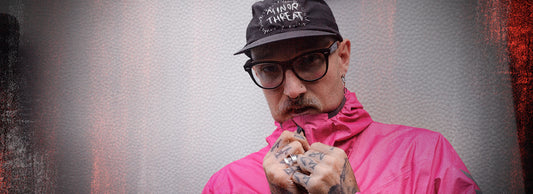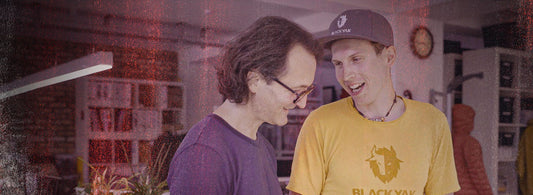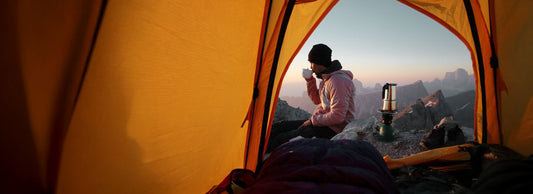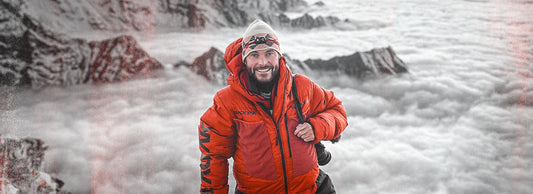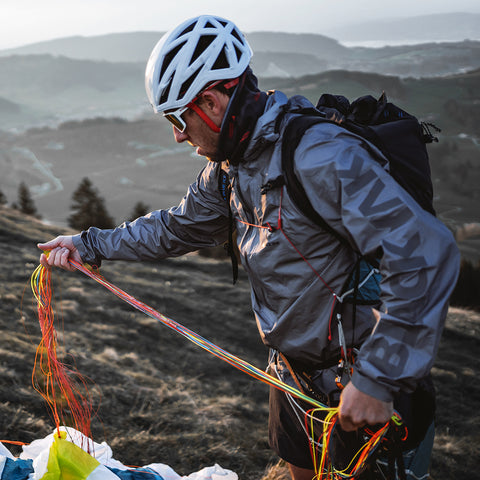What is climbing?
Climbing is for me personally the most beautiful sport there is, next to skiing in winter of course. Climbing is a sport that can be practiced on rock walls, on large rocks, on artificial climbing walls or even in a climbing hall. It requires strength, skills, endurance as well as mental strength. There are the different types of climbing, such as sport climbing, bouldering, Alpine climbing and in winter, ice climbing is also included.
Let's start from the beginning.
What are the different types of climbing and what equipment do I need?
The easiest is bouldering.
Bouldering is climbing without a rope at jumping height. How you define jumping height is something everyone must figure out for themselves. For some it is 3 meters and for others it goes up a few meters further.
The equipment is very manageable.
Climbing shoes, bouldering mat (outside on the rock) and a chalk bag.

Then there is sport climbing.
Sport climbing is everything that has only one rope length. The length of the route can vary greatly. There are routes from 10 meters and extremely long up to 100 meters, such as in the Tarn Gorge in France.
This requires a little more equipment.
Starting again with climbing shoes and the chalk bag, in addition, a climbing harness, a belay device, several express slings, a rope and of course a climbing partner*in needed. The rope should of course be matched to the corresponding route lengths. This means that for a route with a height of 30 meters, I need at least a 60-meter rope. If you only want to do sport climbing on artificial walls, whether indoors or outdoors, you can at least save yourself the express slings, as they are already fixed in every climbing facility. Usually there is also the possibility to borrow all the necessary climbing equipment, from shoes to rope.

If sport climbing is not enough for you, you will enjoy alpine climbing.
Alpine climbing refers to routes with several pitches, where between the individual pitches must always be established a belay. The route lengths also vary greatly. There are routes that have only two to three rope lengths and then there are again extremely long routes, with over 40 rope lengths. Not only the lengths of the routes vary, but the routes can also be secured in different ways. Many routes are belayed as in sport climbing, meaning that a solid peg has been attached to the rock every few meters. Other routes do not offer any pre-installed belays. Here, everything must be secured with mobile belay devices and the belay station must also be built by the climber.
So, what equipment do I need for alpine climbing?
The same basic equipment as for sport climbing and then some more. In addition, a helmet, various slings for belaying, several carabiners, mobile belay devices (such as wedges and friends) and a second rope.

In winter, ice climbing is added to the list.
Since climbing is done on frozen waterfalls, it naturally requires the appropriate temperatures below the freezing point. This means that ice climbing is not for people who don't like to have cold fingers and cold toes. It takes a lot of experience to be able to read the ice correctly and assess whether it is climbable. All belays are placed in the ice itself, so you have to trust the ice.
Ice climbing requires even more equipment than alpine climbing. In addition to the complete equipment for alpine climbing, ice screws, crampons and ice tools (ice axe) are needed.

These are the different types of climbing briefly summarized.
All these disciplines are part of climbing, but they are very different from each other.
As the saying goes "start easy at first and then slowly increase".
The important thing is to start climbing with someone who really knows their stuff and has a lot of experience. I would recommend everyone to take a beginner's course, whether it is at the local Alpine Club, directly in a climbing hall or with a mountain guide, in any case it should be a certified trainer or mountain guide.

Here are a few more tips on the various climbing areas in the Alpine region.
Bouldering
The best time to go bouldering is completely different depending on the bouldering area, as
it needs rather low temperatures for bouldering. The bouldering areas that are very high, such as Silvretta, Zillertal, Felbertal, Magic Wood, Gothardpass or Sustenpass are rather summer bouldering areas and others which are rather lower such as Fontainebleau, Brione, Chironico, Varrazze or Maltatal are rather winter areas.
With all bouldering areas there is usually something for everyone, although it must be said, the better you are at bouldering, the more choices you have.
My favorites are Silvretta, Felbertal, Magic Wood Fontainebleau and Brione.
Sport climbing
Sport climbing is similar to bouldering, the cooler the more grip and the the better for climbing. Here, too, there are areas that work well in summer and those that are ideal in winter. In the summer, the high-altitude areas in the shade are more preferred, whereas in the Spring, Fall and Winter the south facing or lower areas are more suitable.
In winter, the areas in the southern part of the Alps are popular, such as.
Arco or Finale Ligure. These can also be worth a trip in summer if you can stand the heat well. There are so many incredibly beautiful sport climbing areas throughout the Alps that it is not easy to name clear favorites. But some would be Schleirwasserfall (Wilder Kaiser), Ceúse, Arco, Finale Ligure and the Frankenjura, which unfortunately is no longer in the Alps.
Alpine climbing
For alpine climbing, it is rather the summer season that is the right one. In winter there is
in the alpine terrain usually snow. But there are also areas like Arco, where you can climb all year round. My favorites here are definitely the Wilder Kaiser (first climb in the 7ten) Karwendel, Rätikon, Wendenstöcke, Verdonschlucht.
For me personally, it is the most beautiful hobby, or the most beautiful profession there is. The connection with nature, the nice people you meet while climbing or the beer afterwards make the whole thing very recommendable.
David Widauer
Fully certified mountain and ski guide
-
MEN´S KARUN PERFORMANCE FULL ZIP HOODY
The multifunctional KARUN HOODED FULL ZIP is the perfect example of BLACKYAK'...Regular price 190,00 €Regular priceUnit price per -
MEN´S ABIGAR LIGHT OUTDOOR PANTS
The look and comfort of a trendy sweat pant paired with a DWR finish and brea...Regular price 170,00 €Regular priceUnit price per

